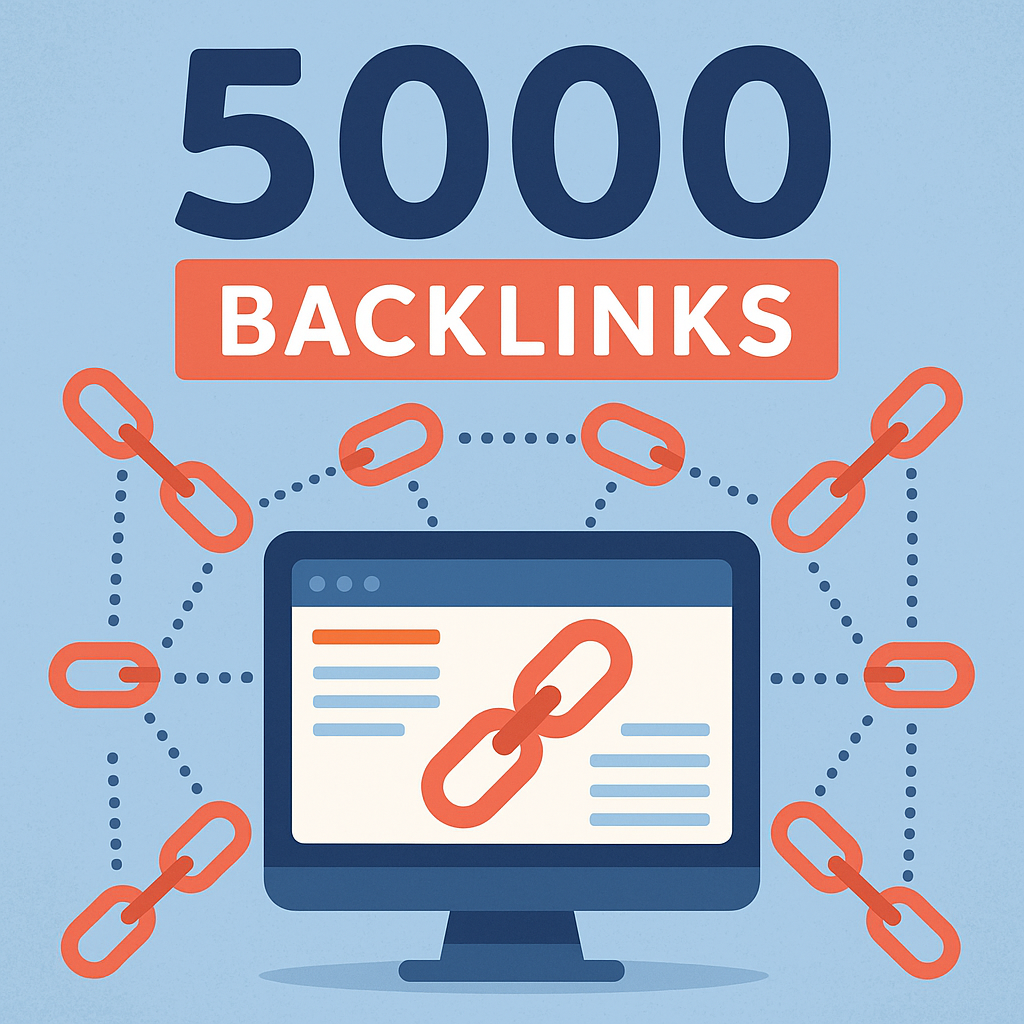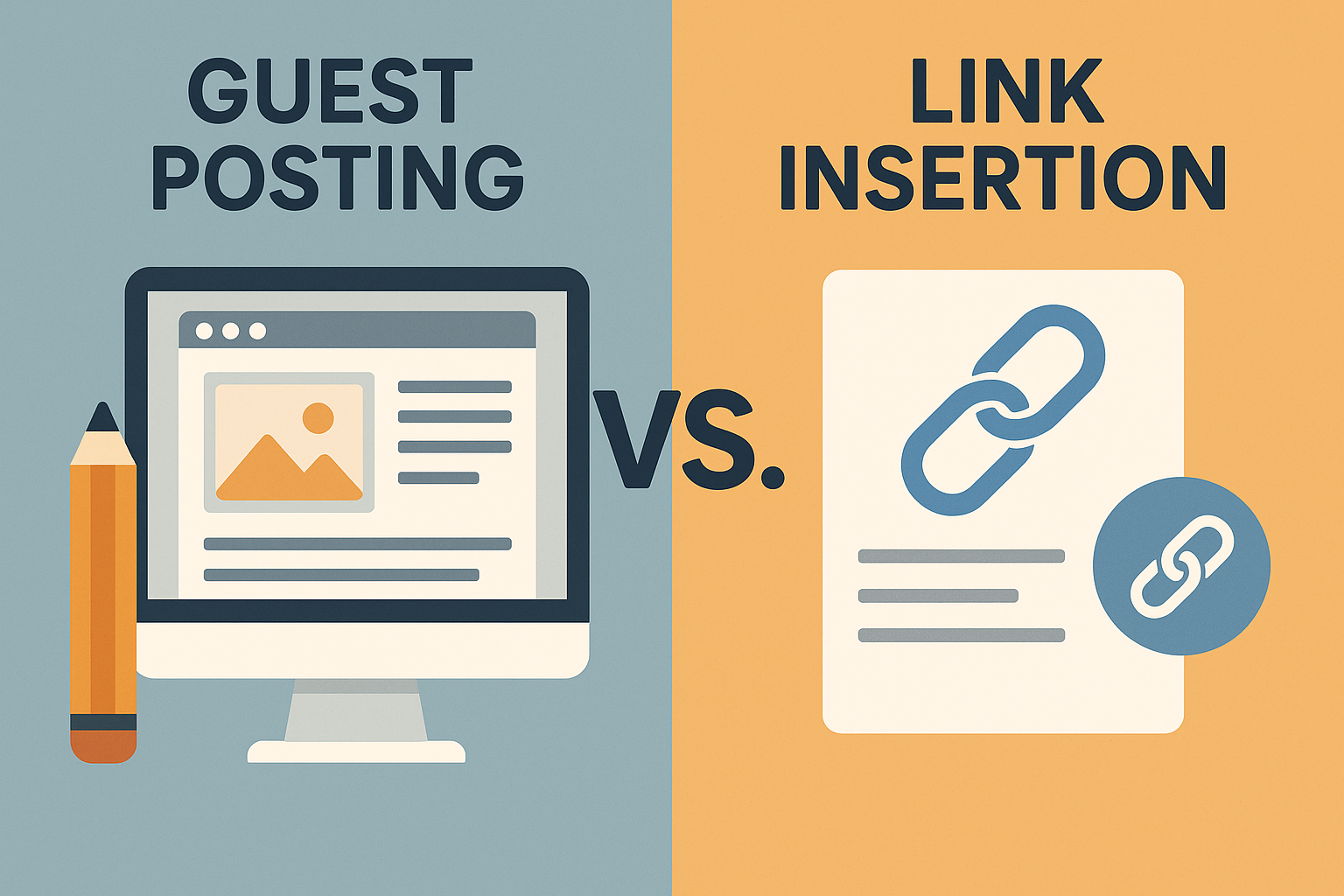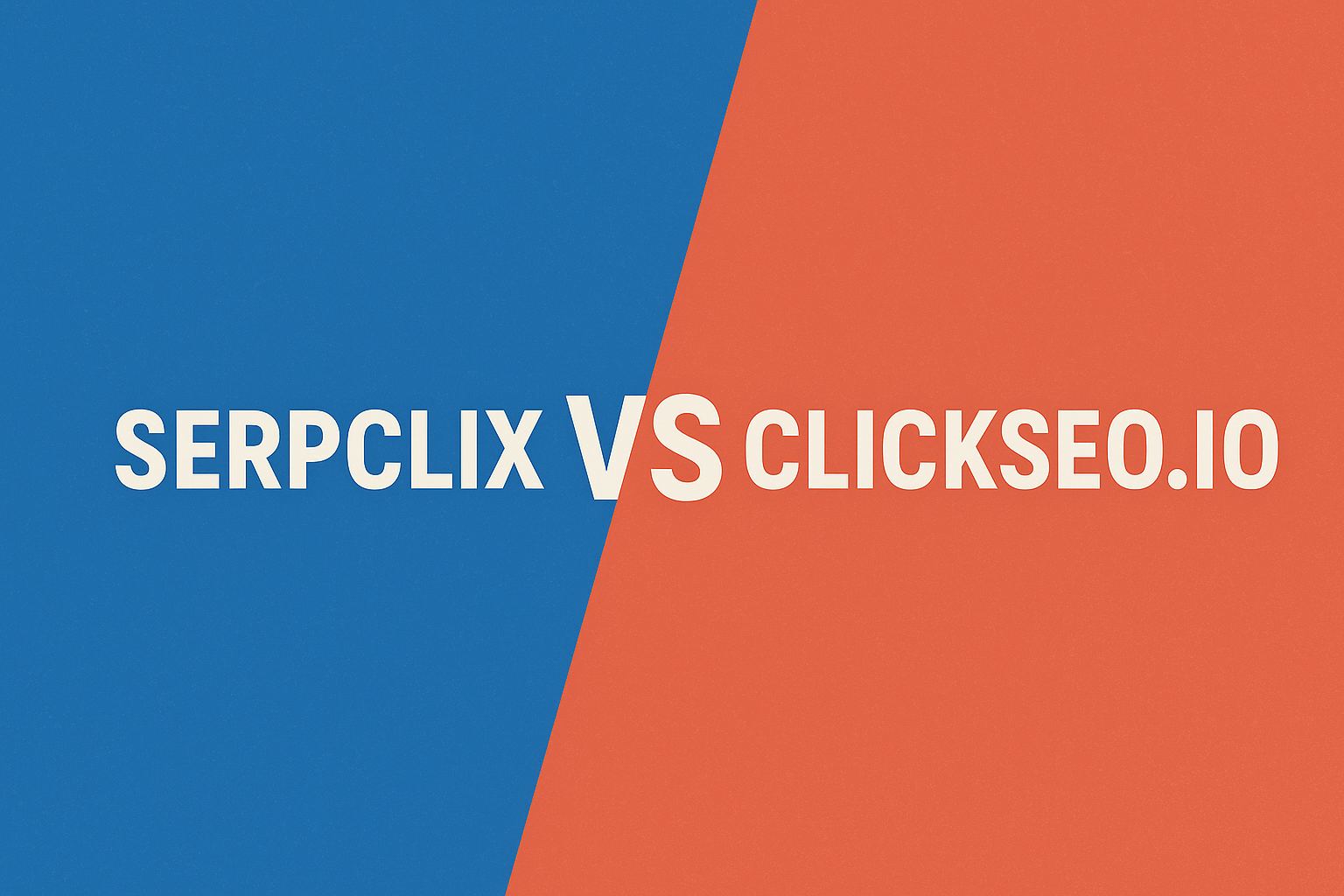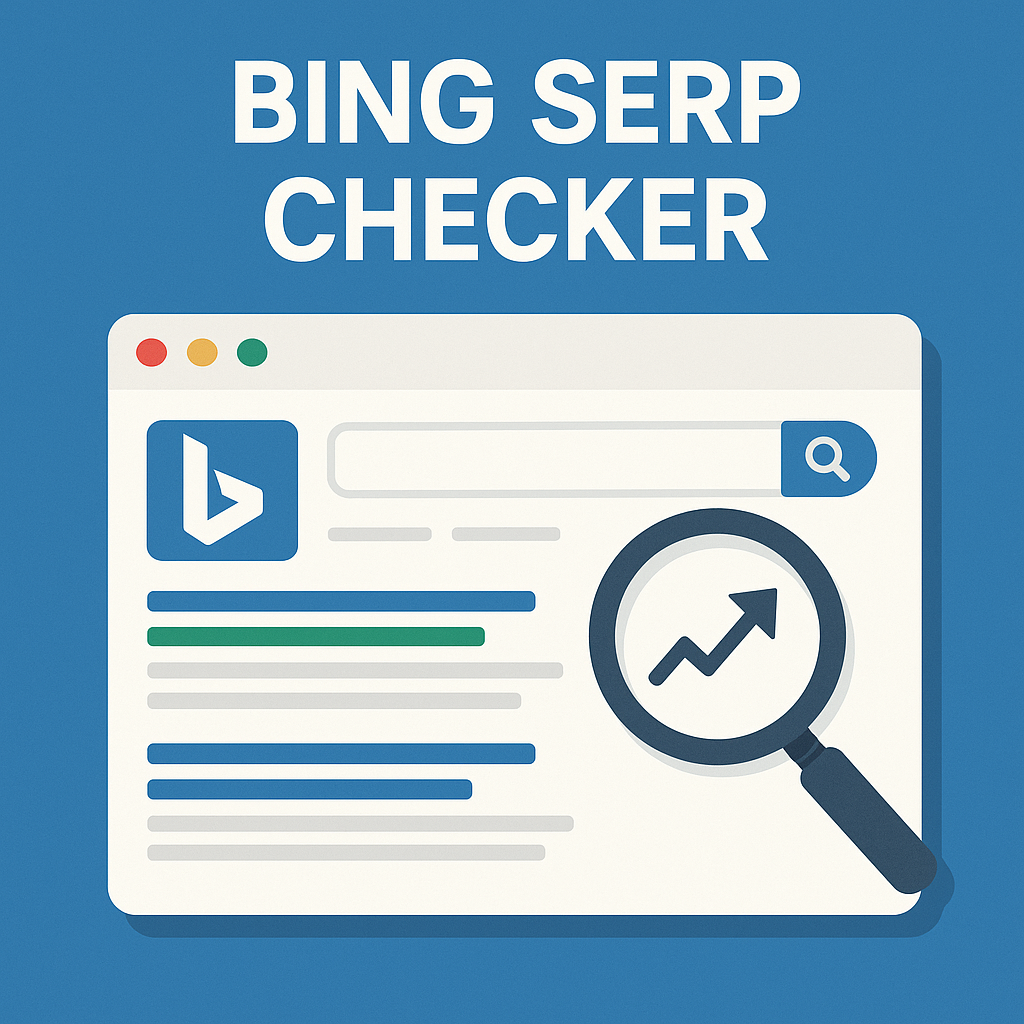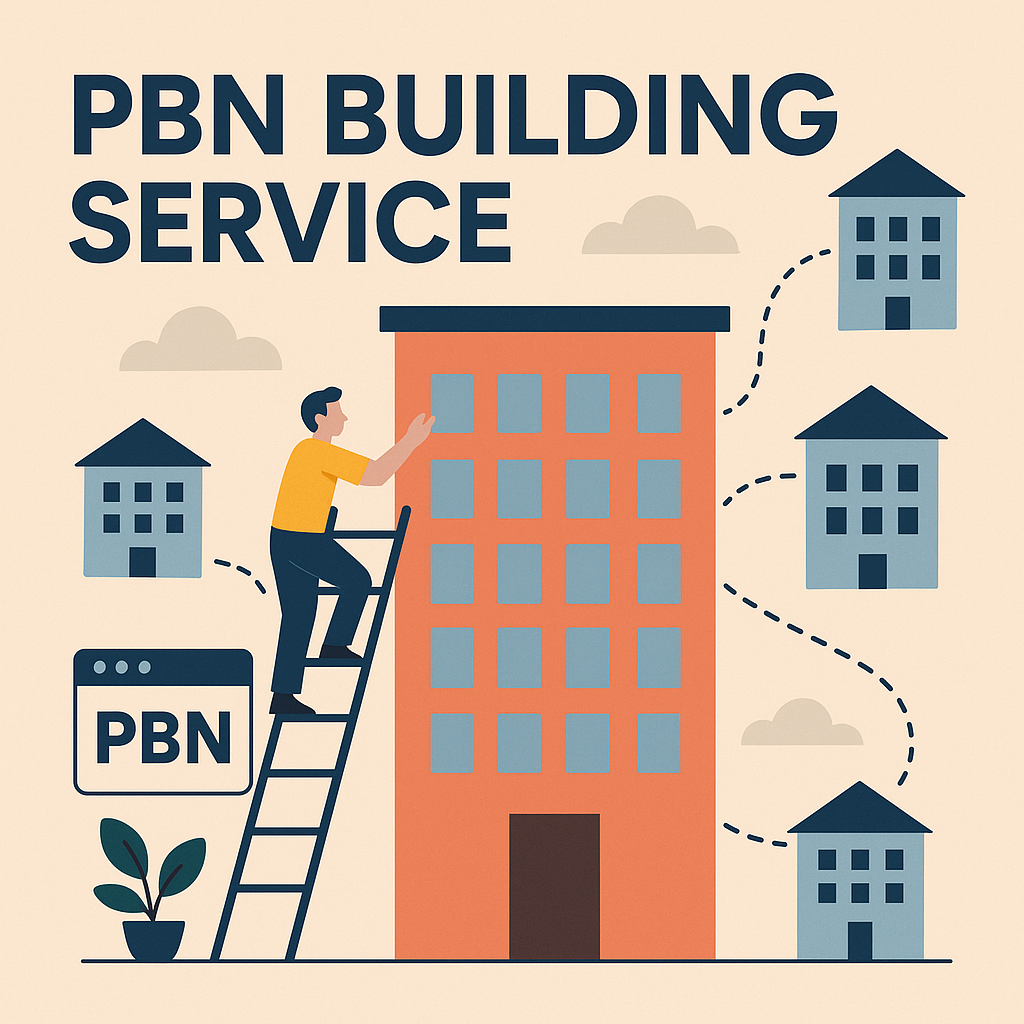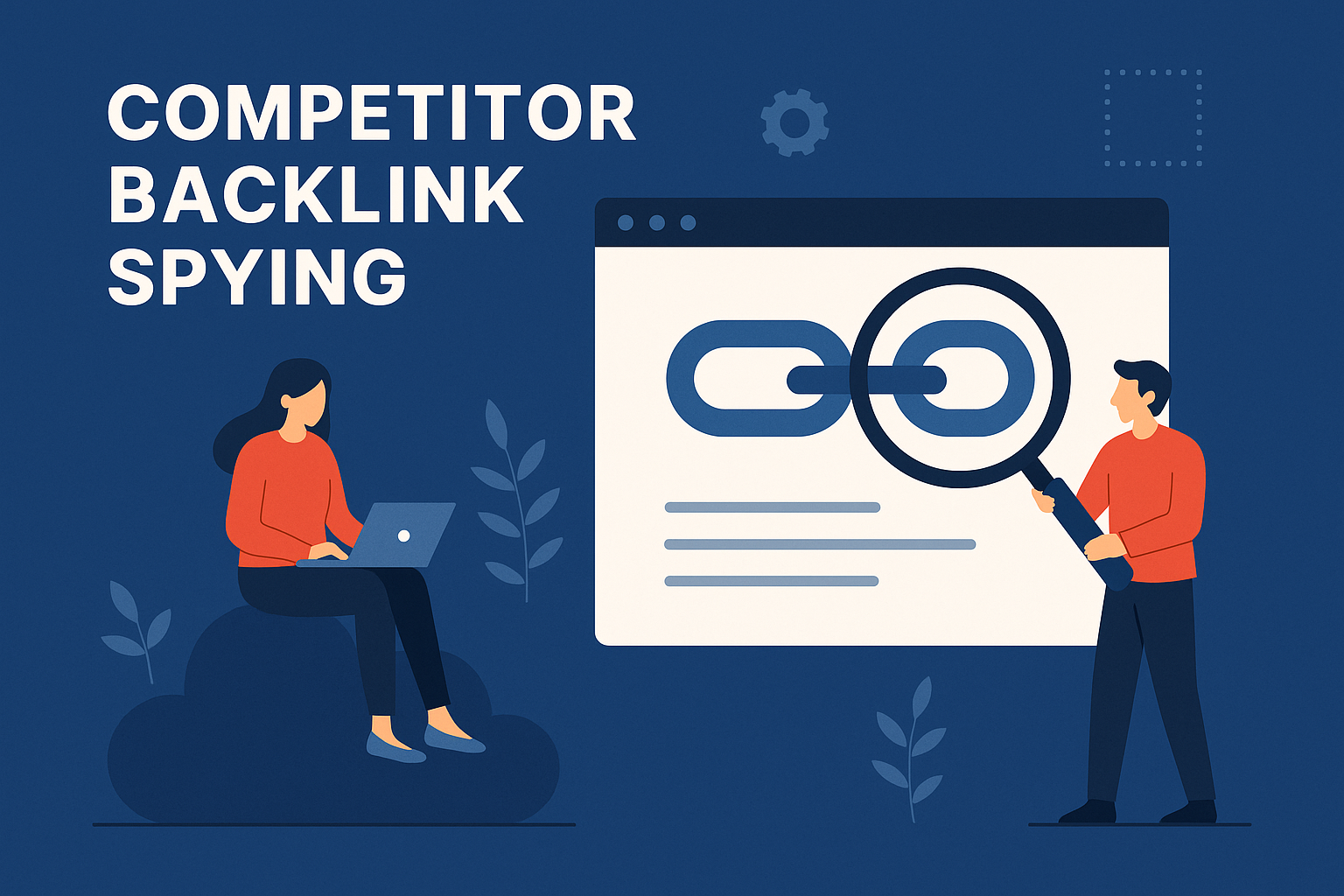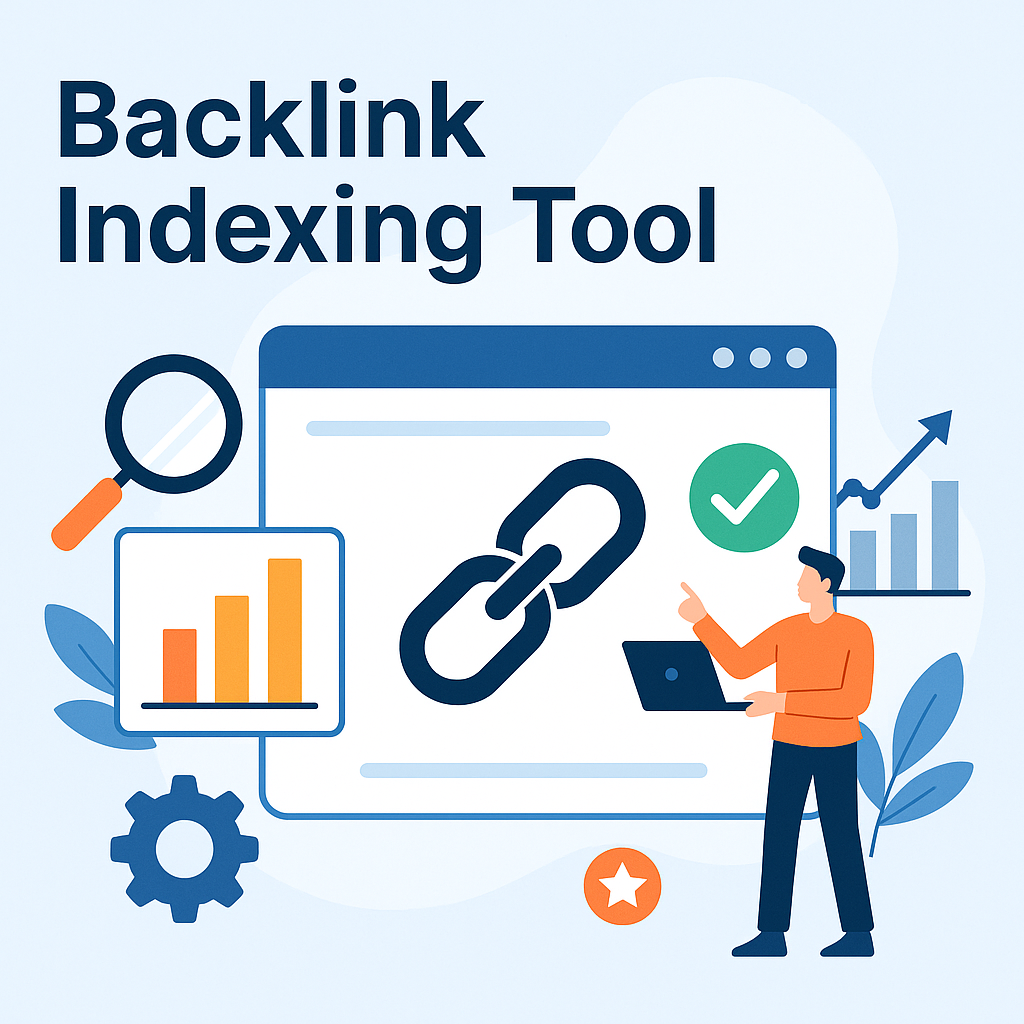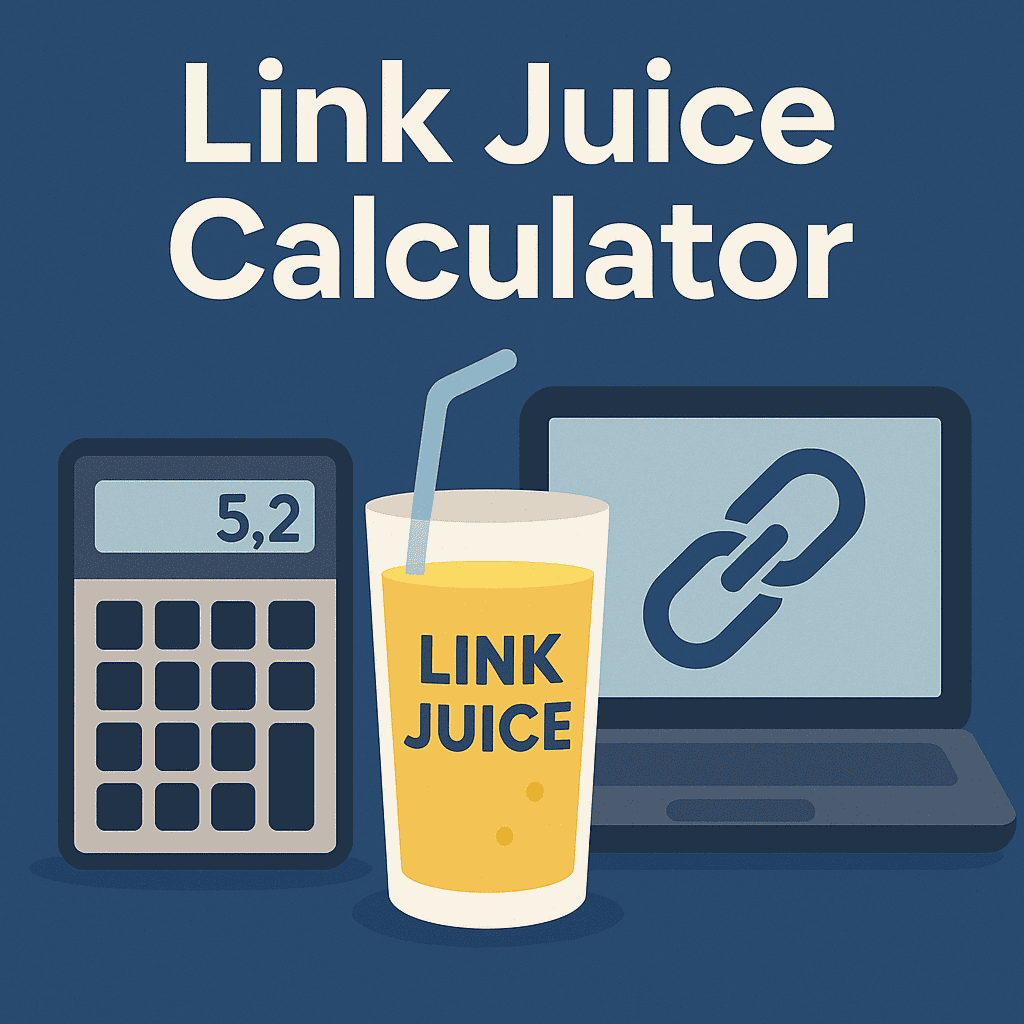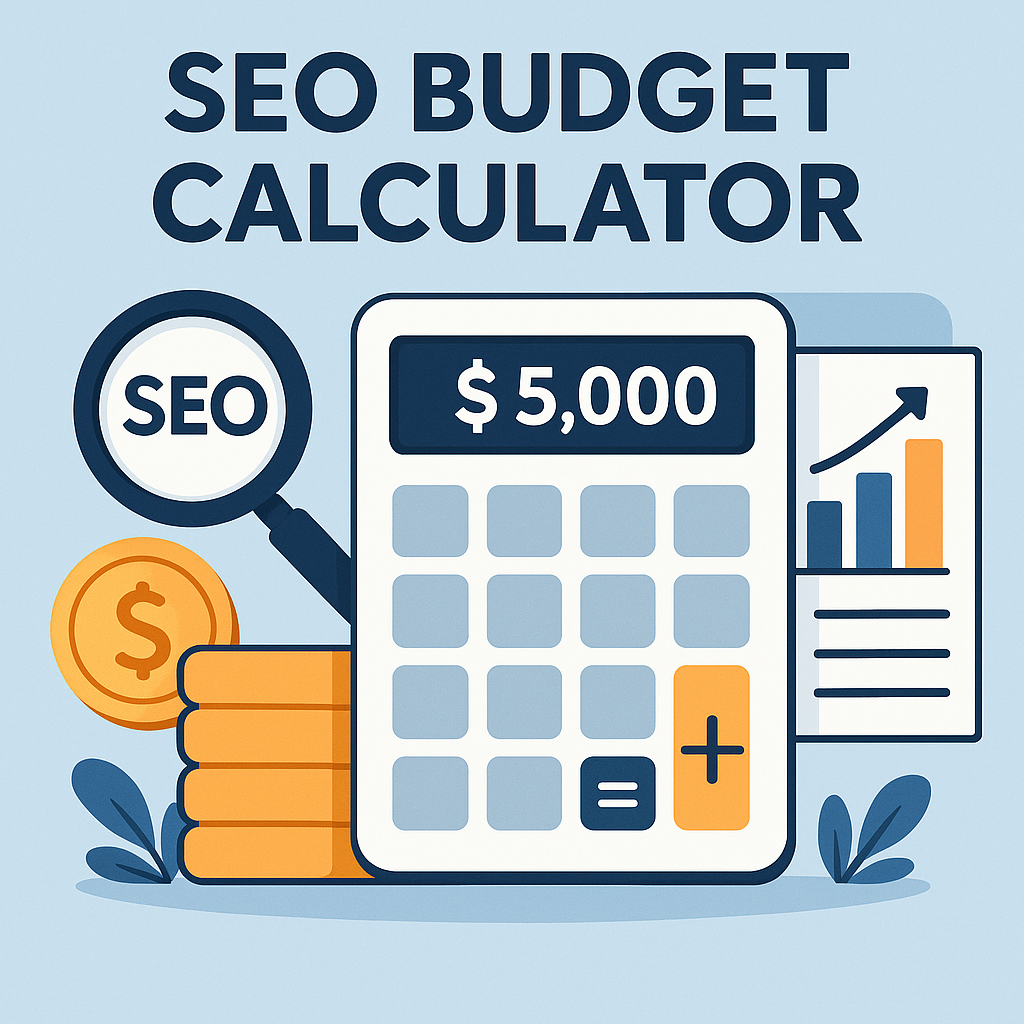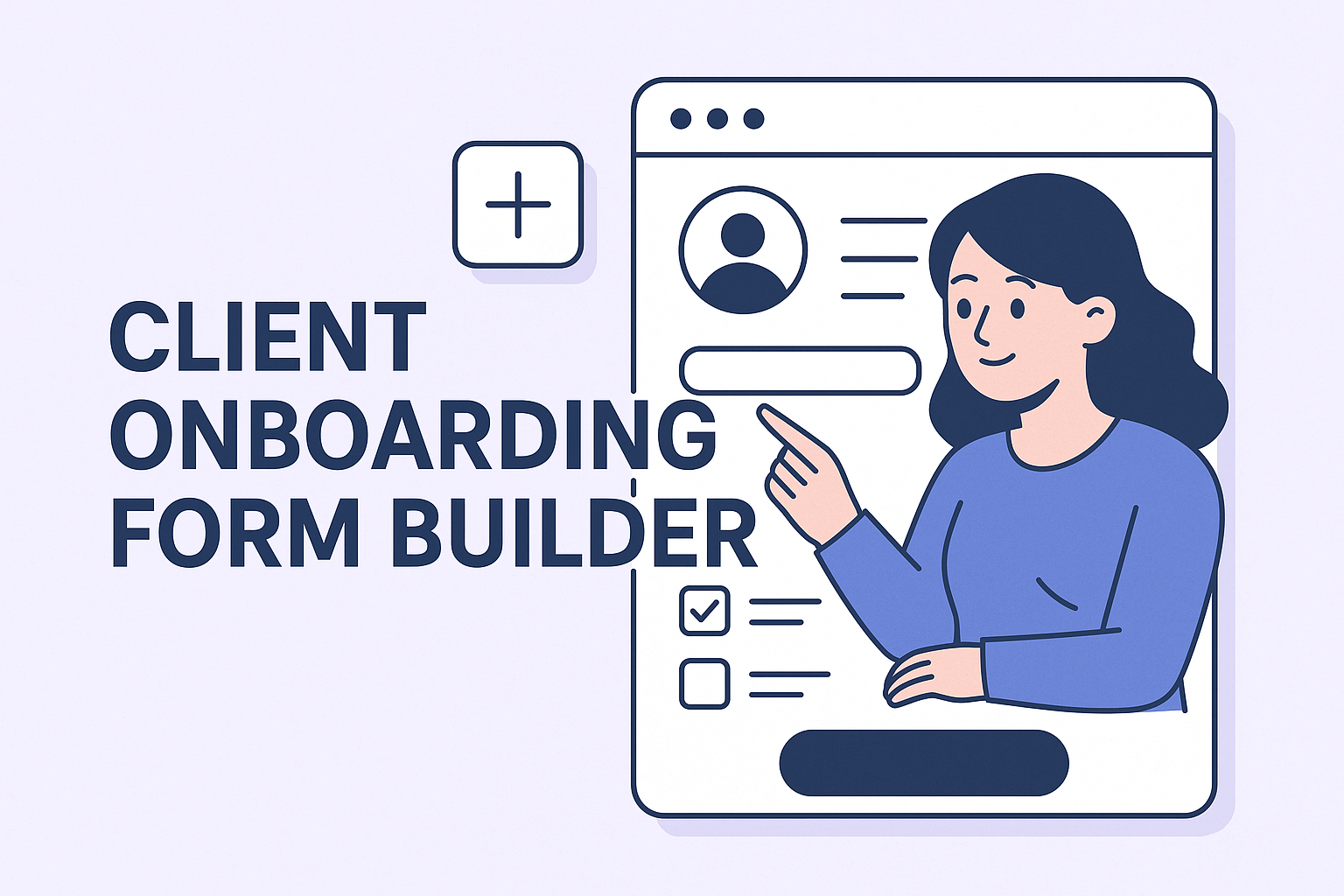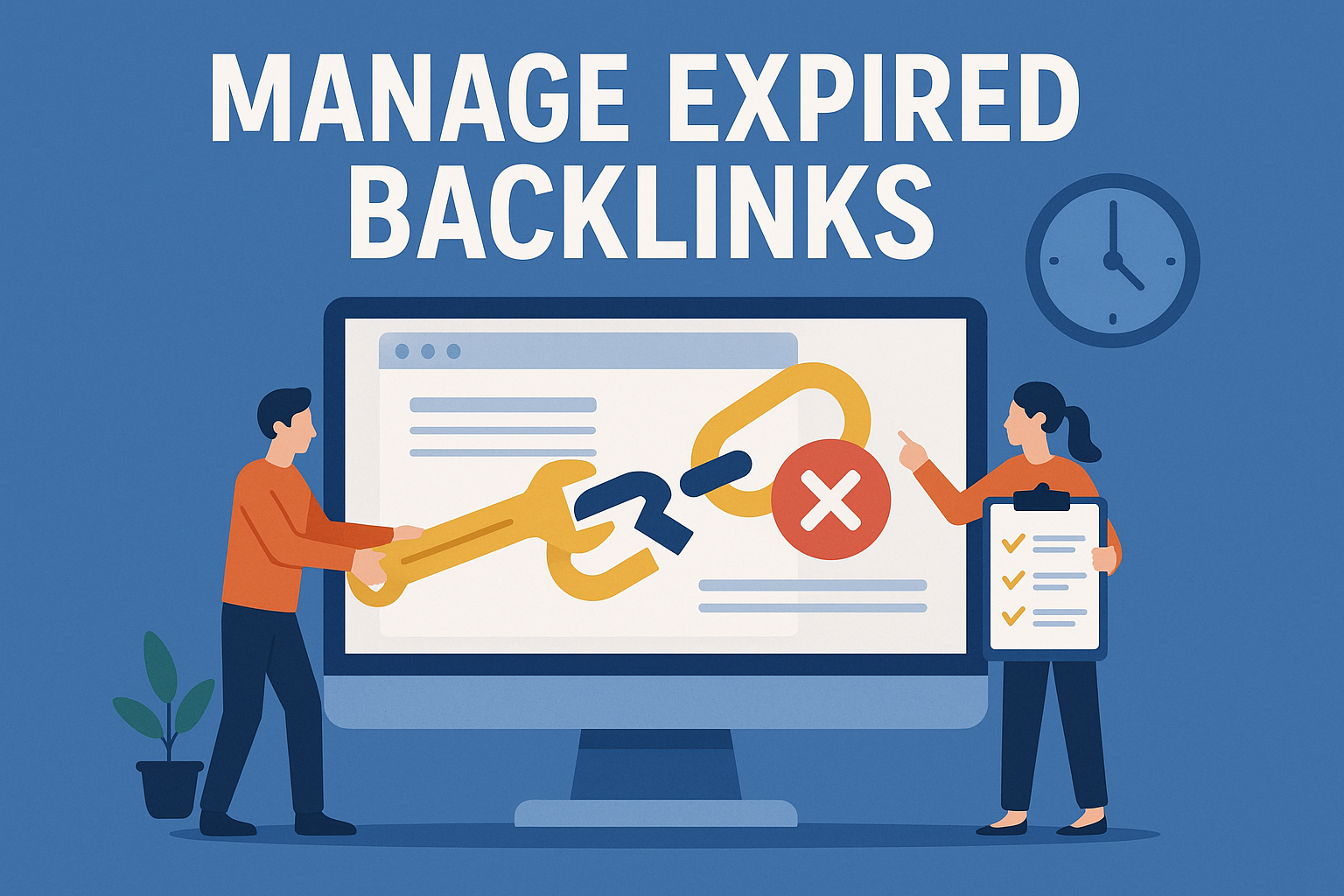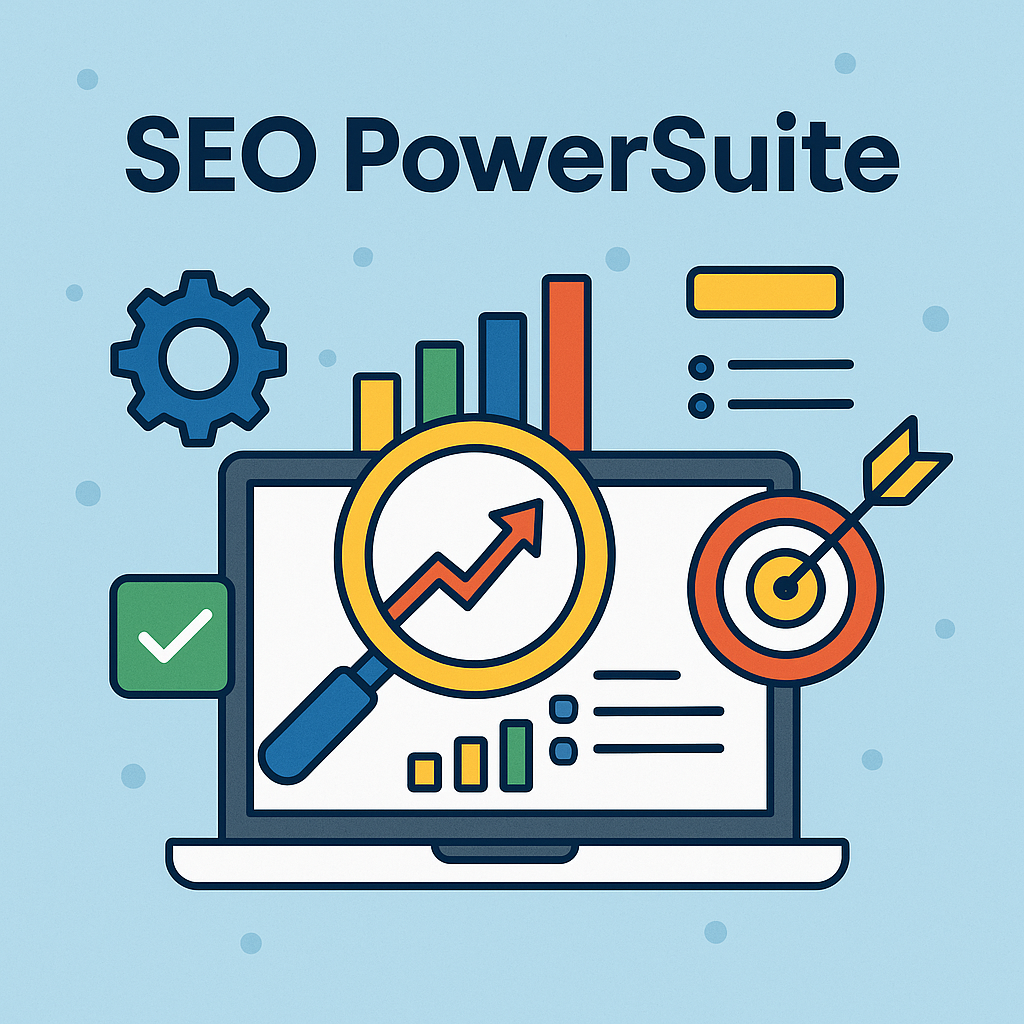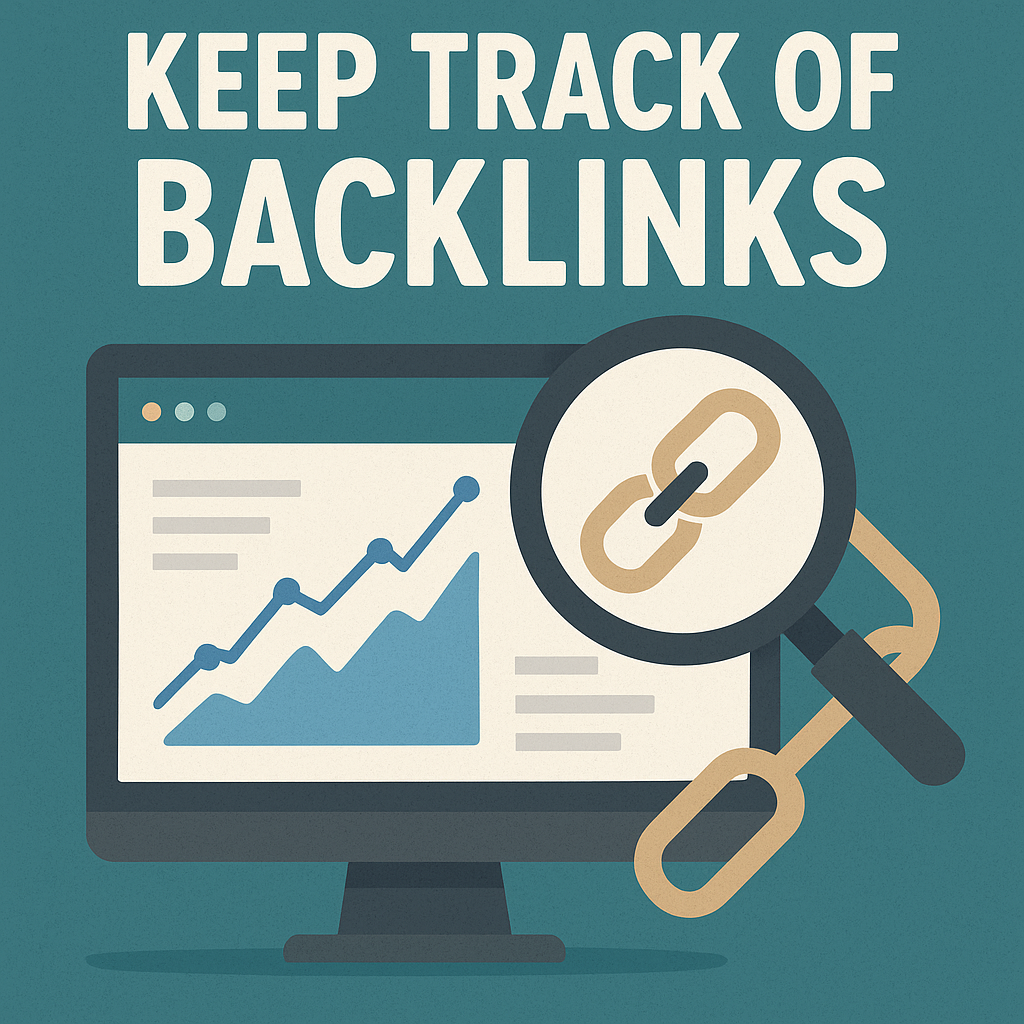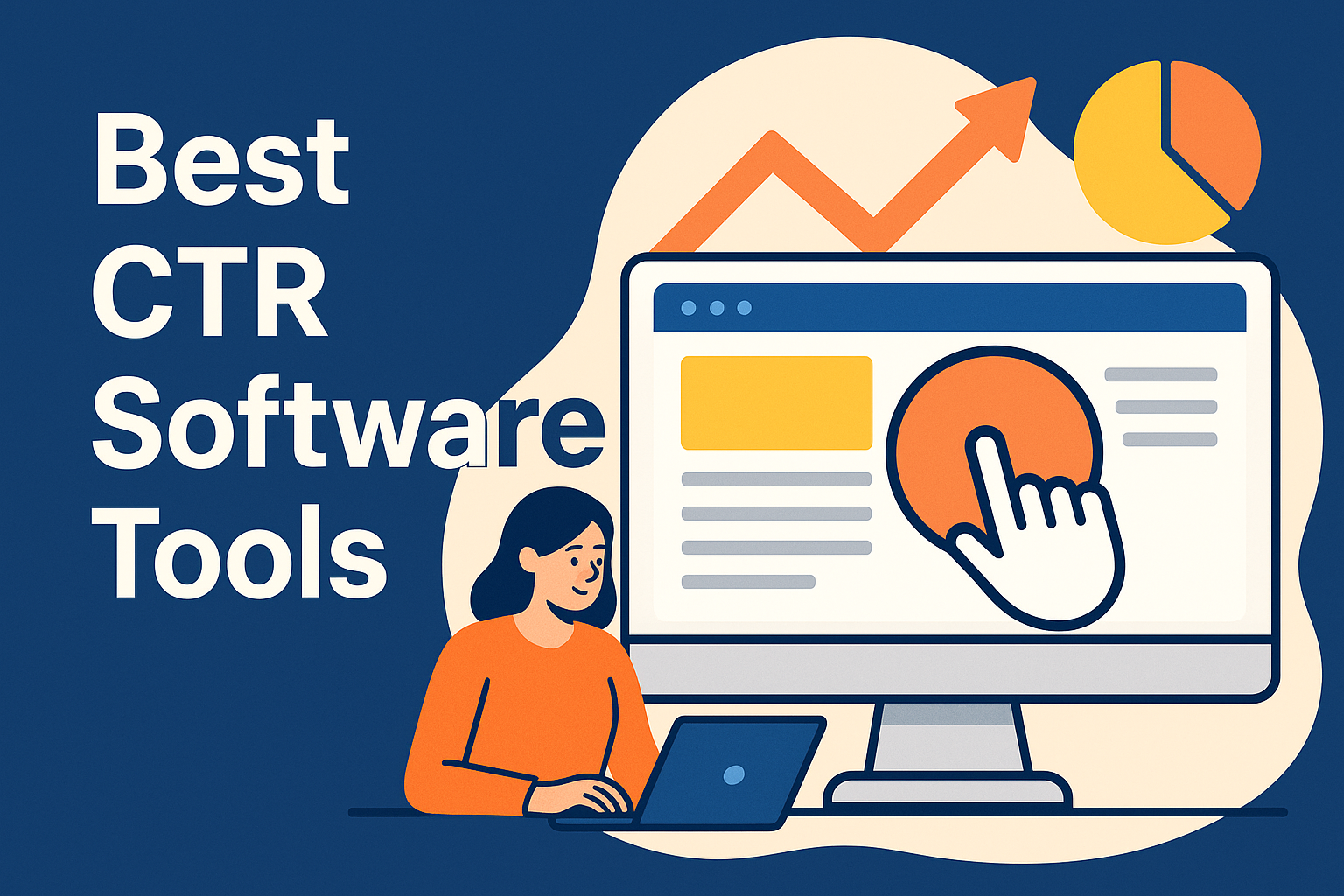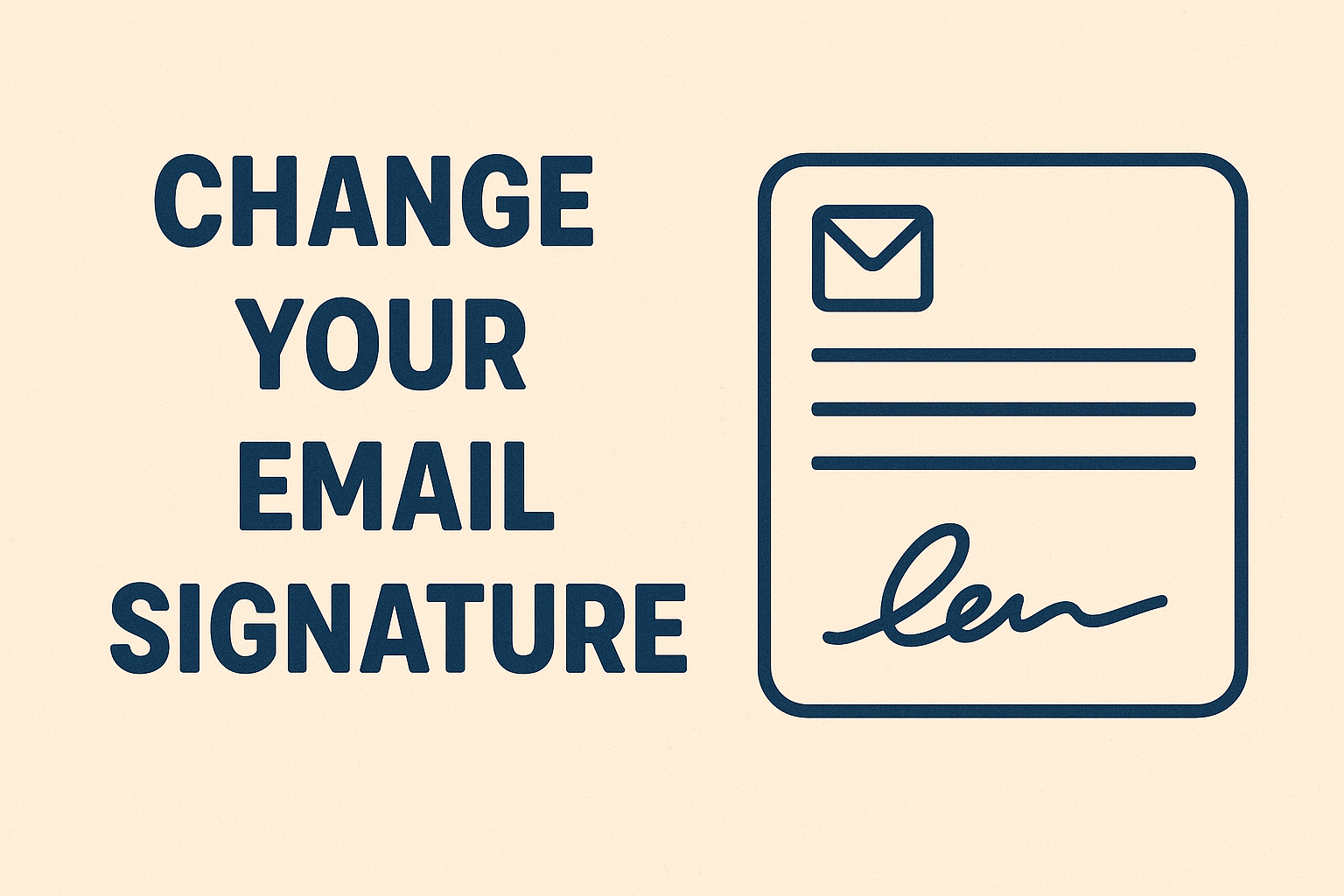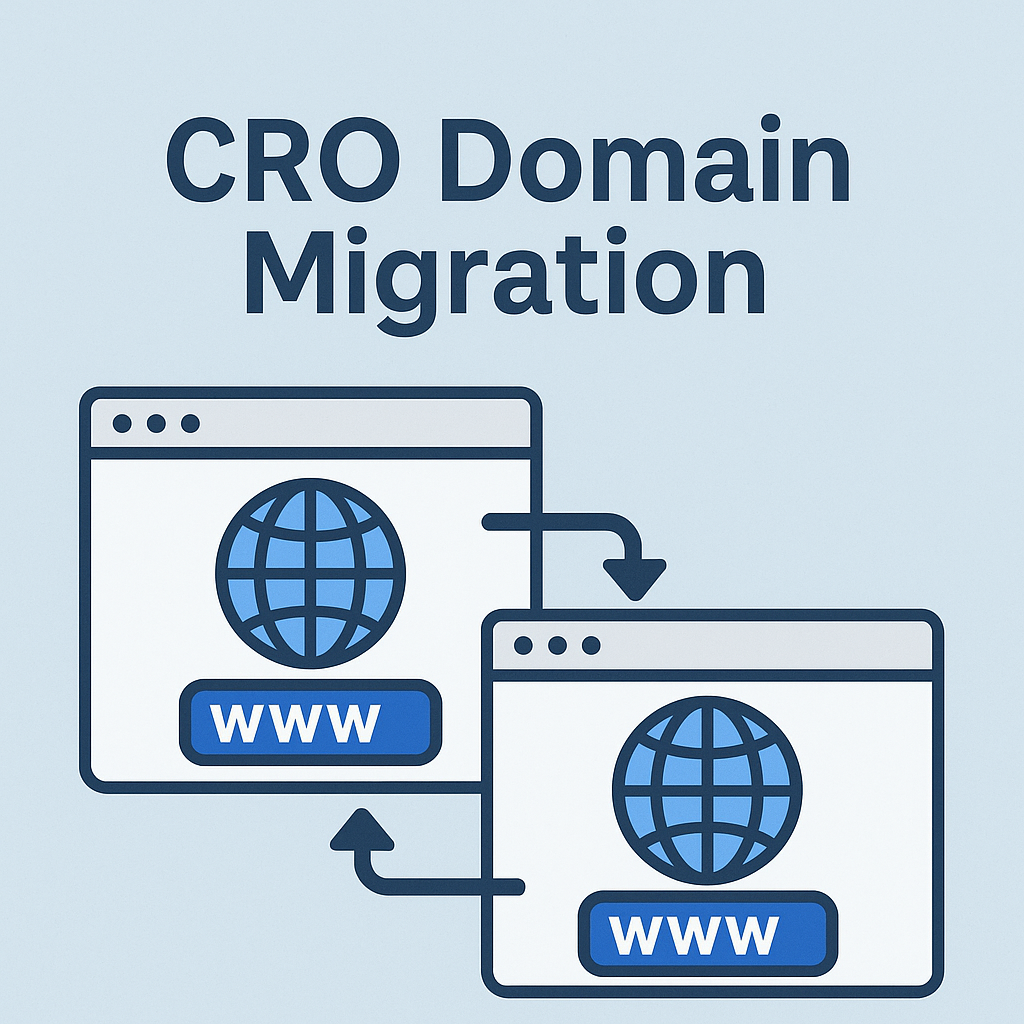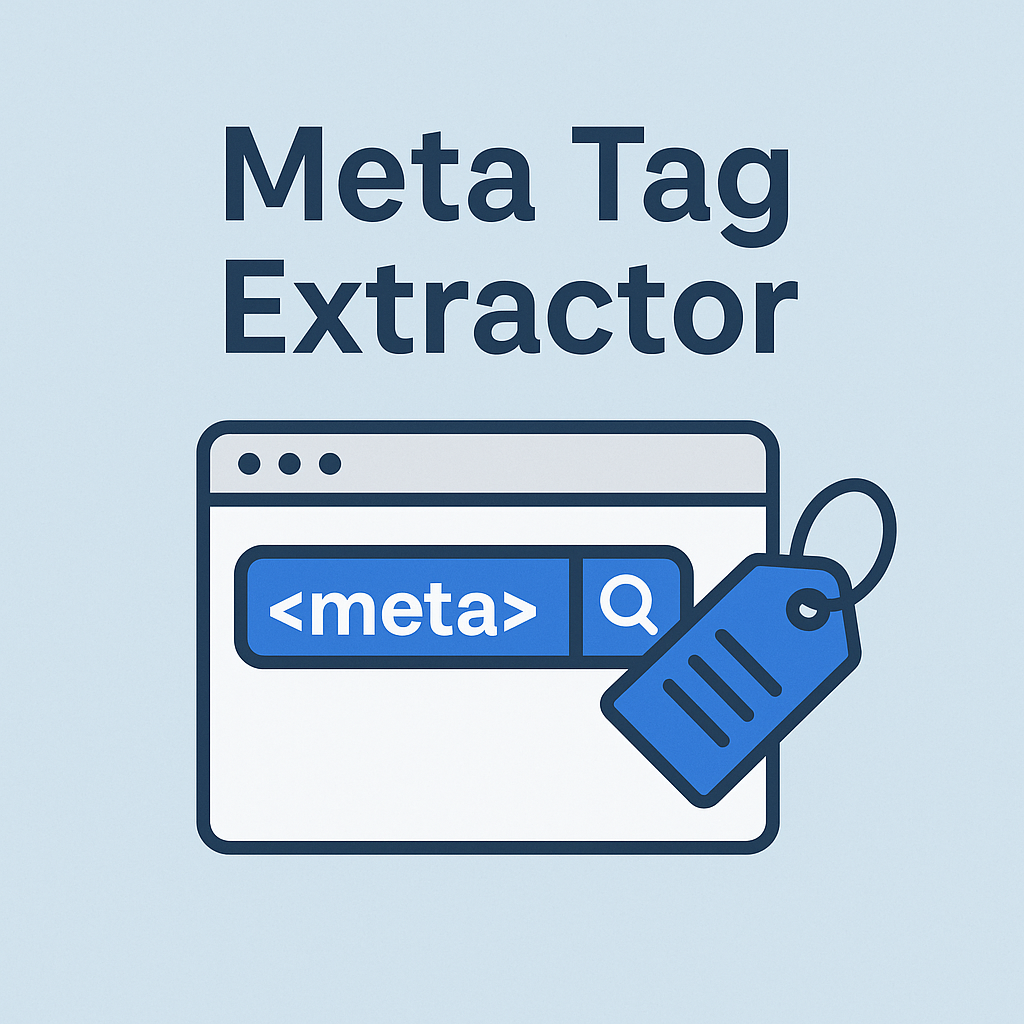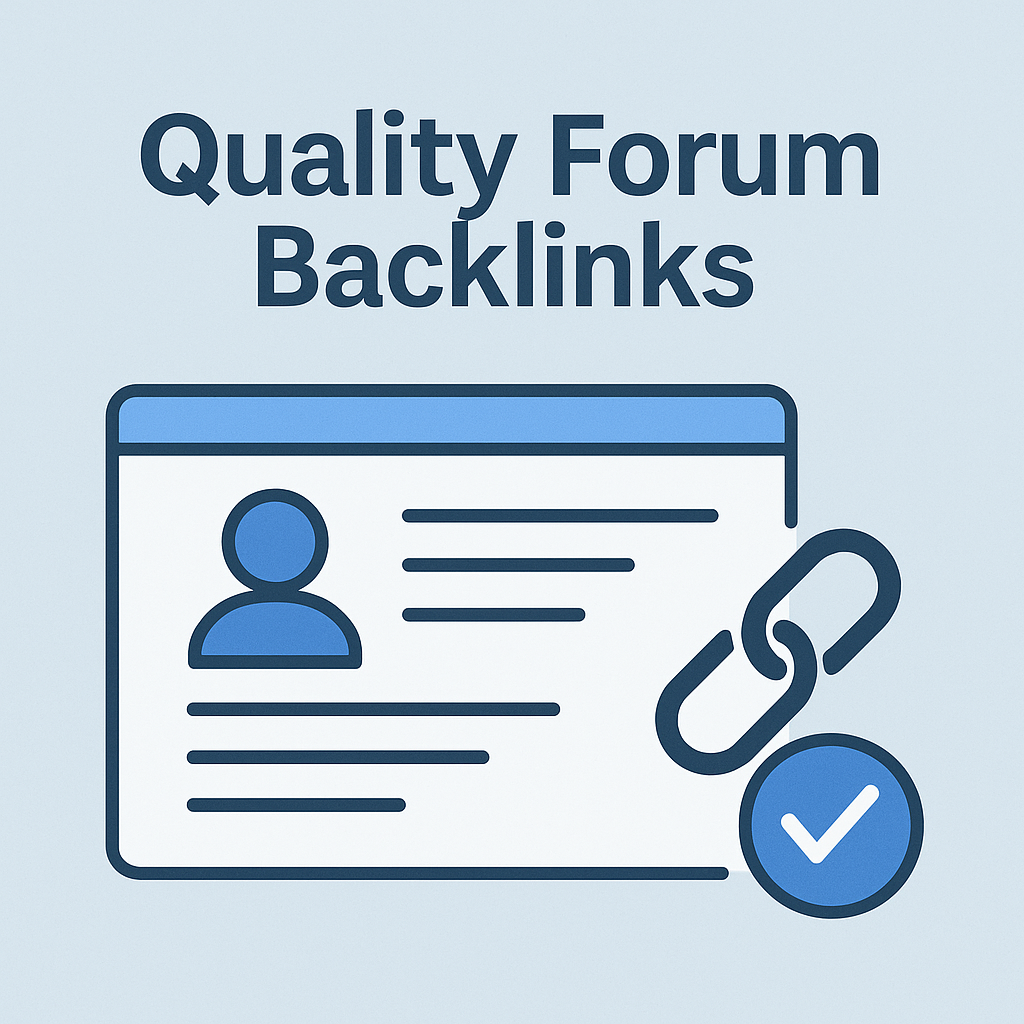Growing your website’s visibility starts with one key ingredient: high-quality links. These digital endorsements act like trust signals to search engines, helping your content climb rankings and attract targeted visitors. Whether you’re aiming to dominate local searches or compete globally, a diversified linking strategy makes all the difference.
This guide walks you through proven methods to earn valuable connections. You’ll learn manual outreach techniques that prioritize relevance, alongside time-saving tools for scaling your efforts. Services like Mix DoFollow demonstrate how established providers combine authority links with niche-specific placements – some starting at $14.57 per link based on recent marketplace data.
But quantity means nothing without strategy. We’ll show you how to balance link types while aligning with broader SEO goals. From optimizing anchor text to tracking performance metrics, every step should reinforce your website’s expertise in its field.
Key Takeaways
- Quality links act as trust signals to improve search rankings
- Combining manual outreach and tools maximizes efficiency
- Diverse link sources prevent over-reliance on single channels
- Reputable services offer transparent pricing and global reach
- Regular audits ensure links align with evolving SEO strategies
Introduction: The Power of Backlinks in SEO
Think of backlinks as digital recommendations that tell search engines your content deserves attention. When reputable websites link to yours, it signals trustworthiness and expertise. This endorsement helps improve rankings while driving visitors who click through those links.
Defining Backlinks and Their Impact on Website Traffic
A backlink occurs when another site references your page. These links act like pathways, guiding users to your content. For example, eBay sellers offering niche-specific link-building services often highlight how targeted referrals boost engagement. Sites with diverse connections – blogs, directories, or industry hubs – tend to rank higher in organic searches.
| Factor | High-Quality Link | Low-Quality Link |
|---|---|---|
| Source Authority | Established website in your niche | New or unrelated site |
| Relevance | Matches your content theme | Generic or off-topic |
| Traffic Potential | Drives engaged visitors | Minimal click-throughs |
Why High Quality Links Matter for SEO Success
Search engines prioritize links from authoritative sources. A single link from a trusted .edu site often outweighs dozens from low-tier blogs. Services focusing on editorial placements rather than bulk purchases create lasting value. They align with Google’s emphasis on natural, user-first linking patterns.
Balancing link-building with original content ensures sustainable growth. For instance, pairing guest posts on industry sites with in-depth guides on your website reinforces expertise. This dual approach satisfies both algorithms and human readers.
Understanding 5000 Backlinks in Detail
Building a strong online presence requires more than content—it needs strategic connections. A well-rounded approach combines varied link sources with consistent quality checks. This balance helps search engines recognize your site as a reliable resource.
The Role of Diverse Link Profiles
Search engines favor websites with links from multiple sources. A mix of editorial mentions, guest posts, and niche directories creates a natural profile. For example:
| Source Type | Strength | Example |
|---|---|---|
| High DA Sites | Trust signals | Industry publications |
| Web2.0 Links | Cost-effective | Medium blogs |
| PBN Links | Controlled context | Managed network sites |
Diversity prevents algorithmic penalties and mimics organic growth. Services focusing on editorial placements often blend these sources seamlessly.
How Volume Strengthens Search Visibility
When acquired naturally, numerous links act as collective endorsements. Search algorithms interpret this as peer validation, pushing your pages higher. However, quantity must follow relevance:
| Link Type | Impact | Timeframe |
|---|---|---|
| Contextual | High | 3-6 months |
| Directory | Moderate | 1-3 months |
| Social Mentions | Low | Immediate |
Top-performing sites combine drip-fed links with fresh content. This strategy aligns with Google’s preference for gradual, earned growth over artificial spikes.
Finding High-Quality Backlink Sources
Securing valuable connections starts with knowing where to look—and what to avoid. Not all links are created equal, and search engines reward sites that prioritize relevance over random placements. Let’s break down the essentials for building a credible link profile.
Spotting Trustworthy Sources
Two metrics matter most when vetting potential links:
- Domain Authority (DA): Measures a website’s overall strength. Look for scores above 40 in your niche.
- Page Authority (PA): Assesses individual page strength. High PA pages often drive better results.
“Reputable services analyze these metrics alongside traffic trends and content quality,” notes an eBay-based SEO provider.
| High-Value Source | Red Flags |
|---|---|
| Regularly updated content | Spammy comments section |
| Clear author bios | Excessive pop-up ads |
| Natural anchor text | Irrelevant outbound links |
Dofollow vs. Nofollow: Strategic Balance
Dofollow links pass ranking power to your site, while nofollow tags don’t. But here’s the twist:
- Google values natural mixes – aim for 80% dofollow links
- Nofollow links from trusted sites still boost credibility
Top services recommend checking a site’s existing link profile before outreach. Tools like MozBar reveal if they use balanced tagging practices.
Pro tip: Prioritize websites with engaged audiences. A link from a low-DA blog with loyal readers often outperforms a high-DA site with zero interaction.
Step-by-Step Manual Backlink Acquisition Guide
Manual link building combines precision and persistence to create lasting SEO value. Unlike automated methods, this hands-on approach prioritizes relationships and relevance. Let’s break down how to identify opportunities and craft outreach that converts.
Finding Your Industry’s Hidden Gems
Start by mapping websites that align with your niche. Use tools like Ahrefs or Moz to filter by domain authority and content themes. For example:
- Industry blogs with active comment sections
- Local business directories requiring submissions
- Educational platforms seeking expert contributors
Check if these sites already link to competitors – this signals openness to collaboration. A recent case study showed how a fitness brand secured 12 editorial links by targeting wellness podcasts mentioned in competitor backlink profiles.
Crafting Outreach That Gets Replies
Personalization separates successful campaigns from ignored emails. Reference specific articles or recent updates on the target site. For instance:
“Loved your June post on sustainable packaging – our guide on biodegradable materials could add depth for your readers.”
Include clear instructions when ordering link placements through services. Reputable providers often request:
| Submission Data | Example |
|---|---|
| Target URL | yourdomain.com/eco-friendly-solutions |
| Anchor Text | “biodegradable alternatives” |
| Preferred Context | Section discussing waste reduction |
Track responses in a spreadsheet, noting follow-up dates. Tools like Hunter.io verify email formats, while Mailtrack monitors open rates. Aim for a 3-email sequence over 14 days before marking a prospect as cold.
Leveraging Automated Tools and Drip-Feed Techniques
Modern SEO demands both speed and subtlety. Automated tools help scale your efforts while maintaining the natural patterns search engines reward. These platforms handle repetitive tasks like prospecting or scheduling, freeing you to focus on high-impact relationships.
Building Credibility Through Gradual Growth
Drip-feeding links spreads acquisitions over weeks or months. This mimics organic discovery, reducing red flags for algorithms. Reputable services like Mix DoFollow use this method to deliver Google Panda/Penguin-safe results, often scheduling 10-15 links weekly instead of 500 overnight.
| Factor | Drip-Fed Links | Bulk Links |
|---|---|---|
| Pace | Gradual (5-20/week) | Sudden (100s/day) |
| Algorithm Safety | High | Risk of penalties |
| Results | Sustainable ranking gains | Temporary spikes |
Pair automation with manual checks for best results. Tools can:
- Identify expired domains with existing authority
- Schedule outreach emails at optimal times
- Track link performance metrics
One eBay-based provider notes:
“Our clients see 37% better retention when combining scheduled placements with monthly strategy calls.”
Reliable services offer 24/7 support to adjust campaigns as search algorithms evolve. This ensures your link-building efforts stay aligned with broader SEO goals.
Optimizing Your Link Building Strategy for Long-Term SEO Success
Great content and strategic linking work like a bicycle chain—they need to mesh perfectly to move forward. When you pair valuable articles with smart connections, search engines reward your site with better visibility and engaged visitors.
Content That Earns Links Naturally
Create resources people want to share. A cooking blog updating its “10 Best Knife Skills” guide with video tutorials saw 42% more editorial links in six months. Why? They added:
- Step-by-step GIFs for visual learners
- Chef interviews with unique tips
- Downloadable practice guides
Services like Mix DoFollow emphasize content audits before building links. They check if pages have:
| Content Feature | Link Potential |
|---|---|
| Original research | High |
| Interactive tools | Medium |
| Listicles | Low |
Breathing New Life Into Old Posts
Update existing articles to attract fresh links. One outdoor gear site boosted traffic by 67% after adding:
“2024 sustainability stats and gear testing videos to their 2019 hiking boot review.”
Try these quick refreshes:
- Swap outdated stats with current data
- Insert internal links to newer posts
- Add FAQs based on reader comments
Tools like Google Analytics help identify which pages need attention. Look for posts with:
- High impressions but low clicks
- Strong traffic history now declining
- Quality backlinks from expired domains
Combining evergreen content with gradual link-building creates lasting value. As one SEO strategist notes: “Sites that update content quarterly earn 3x more organic links than those posting daily without revisions.”
Conclusion
Building authority online requires more than luck—it demands a smart link-building strategy. Combining manual outreach with automated tools creates a natural profile search engines trust. Remember, quality always beats quantity: one high-quality link from an industry leader often outperforms dozens of random connections.
Successful campaigns blend fresh content with consistent support. Update your best articles regularly, and pair them with strategic placements. Services offering transparent descriptions and drip-fed delivery help maintain steady growth without risking penalties.
Ready to boost your search engine visibility? Start by auditing existing links and identifying gaps. Whether you collaborate with experts or handle outreach yourself, focus on earning links that drive targeted traffic and long-term value. Your website’s future rankings depend on the connections you build today.

